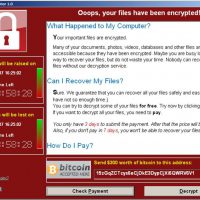What Is The Ohio Data Protection Act?
On August 3, 2018, Governor John Kasich signed Senate Bill 220, also known as the “Ohio Data Protection Act“. Unfortunately, this caused some confusion for businesses operating in Ohio, so today, we will discuss the act and how it may apply to you. This act IS NOT meant to lay forth a minimum security requirement for businesses in Ohio. In fact, […]










